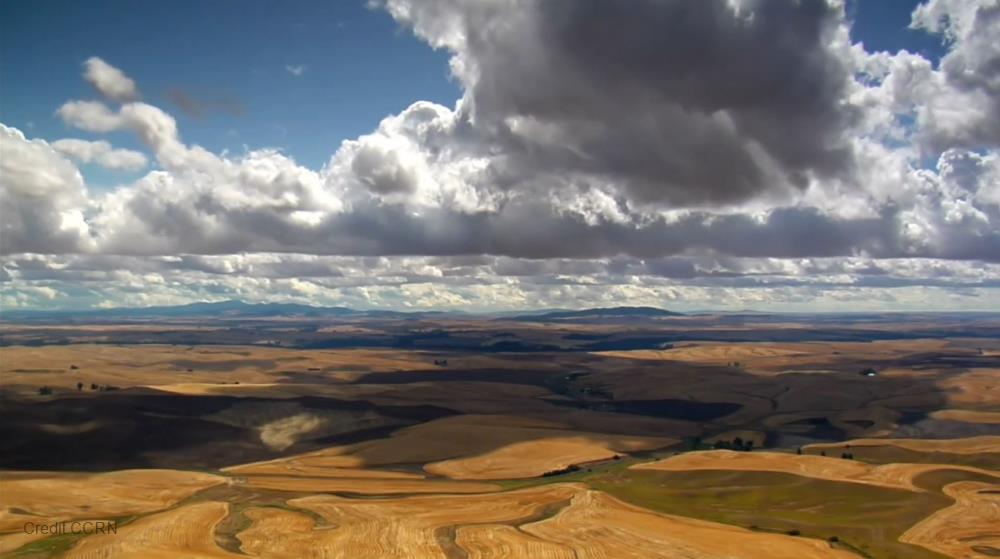
Related items loading ...
Section 1: Publication
Publication Type
Journal Article
Authorship
Kurek Martin R., Garcia-Tigreros Fenix, Wickland Kimberly P., Frey Karen E., Dornblaser Mark M., Striegl Robert G., Niles Sydney F., McKenna Amy M., Aukes Pieter J.K., Kyzivat Ethan D., Wang Chao, Pavelsky Tamlin M., Smith Laurence C., Schiff Sherry L., Butman David, Spencer Robert G.M.
Title
Hydrologic and landscape controls on dissolved organic matter composition across western North American Arctic lakes
Year
2023
Publication Outlet
Global Biogeochemical Cycles, 37, e2022GB007495
DOI
ISBN
ISSN
Citation
Kurek Martin R., Garcia-Tigreros Fenix, Wickland Kimberly P., Frey Karen E., Dornblaser Mark M., Striegl Robert G., Niles Sydney F., McKenna Amy M., Aukes Pieter J.K., Kyzivat Ethan D., Wang Chao, Pavelsky Tamlin M., Smith Laurence C., Schiff Sherry L., Butman David, Spencer Robert G.M. (2023) Hydrologic and landscape controls on dissolved organic matter composition across western North American Arctic lakes, Global Biogeochemical Cycles, 37, e2022GB007495
Abstract
Northern high-latitude lakes are hotspots for cycling dissolved organic carbon (DOC) inputs from allochthonous sources to the atmosphere. However, the spatial distribution of lake dissolved organic matter (DOM) is largely unknown across Arctic-boreal regions with respect to the surrounding landscape. We expand on regional studies of northern high-latitude DOM composition by integrating DOC concentrations, optical properties, and molecular-level characterization from lakes spanning the Canadian Taiga to the Alaskan Tundra. Lakes were sampled during the summer from July to early September to capture the growing season. DOM became more optically processed and molecular-level aromaticity increased northward across the Canadian Shield to the southern Arctic and from interior Alaska to the Tundra, suggesting relatively greater DOM incorporation from allochthonous sources. Using water isotopes (?18O-H2O), we report a weak overall trend of increasing DOC and decreasing aromaticity in lakes that were hydrologically isolated from the landscape and enriched in ?18O-H2O, while within-region trends were stronger and varied depending on the landscape. Finally, DOC correlated weakly with chromophoric dissolved organic matter (CDOM) across the study sites, suggesting that autochthonous and photobleached DOM were a major component of the DOC in these regions; however, some of the northernmost and wetland-dominated lakes followed pan-Arctic riverine DOC-CDOM relationships, indicating strong contributions from allochthonous inputs. As many lakes across the North American Arctic are experiencing changes in temperature and precipitation, we expect the proportions of allochthonous and autochthonous DOM to respond with aquatic optical browning with greater landscape connectivity and more internally produced DOM in hydrologically isolated lakes.
Plain Language Summary


 GWFNet
GWFNet Master
Master Research
Research Map
Map
 Advanced
Advanced . . .
. . .

 Metadata Editor
Metadata Editor
 Record List
Record List
 Alias List Editor
Alias List Editor
 Legacy sites
Legacy sites